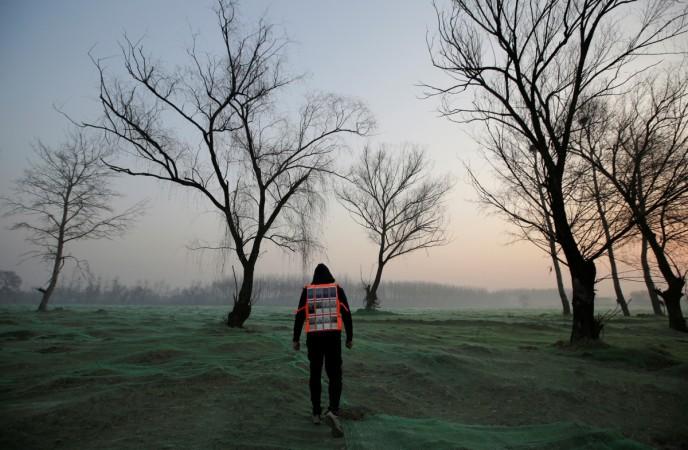In a first of its kind, Beijing, which is known for its notorious air quality, will be leaving the list of the 200 world's most polluted cities.
Swiss air purification technology company IQAir's research arm AirVisual said in a study by the US Embassy in Beijing that the Chinese capital city is on the right track to reduce PM2.5 -- which are tiny, very dangerous air pollutants, which could cause major harm to the lungs.

Beijing's aim is to reduce PM2.5 by 20 percent in 2019. The city's PM2.5 per cubic fell to the lowest in August at fell to 42.6 micrograms per cubic metre of air, the first time in eight months. This is a significant achievement considering that pollution levels are less than half of the rate in the same time period in 2009, the Swiss centre was quoted as saying by Reuters.
In a statement, it said, "The PM2.5 concentration in the first eight months of 2019 was less than half that of the same period in 2009."
Currently, it is 42.6 micrograms, still four times the prescribed amount by the World Health Organisation and China's prescribed amount at 35 micrograms. However, this is a significant decrease of 19.6 percent than last year.
So how did Beijing manage this feat?
Beijing reached its highest PM2.5 concentration in 2010 when it recorded a whopping 104.0 per cubic metre of air. It was then that the city authorities decided to make a change and began to work toward decreasing the pollution levels in the city.
Some ways the city managed to shut down factories, which caused pollution and relocate some of the industries. The Chinese government has pledged to use more targeted practices to reduce pollution.
In addition to this, Beijing also said that restrictions will be placed on the sale and use of fireworks and fuel during the 70th anniversary of the founding of the People's Republic on October 1, to make sure there is as little air pollution as possible.









!['Had denied Housefull franchise as they wanted me to wear a bikini': Tia Bajpai on turning down bold scripts [Exclusive]](https://data1.ibtimes.co.in/en/full/806605/had-denied-housefull-franchise-they-wanted-me-wear-bikini-tia-bajpai-turning-down-bold.png?w=220&h=138)



